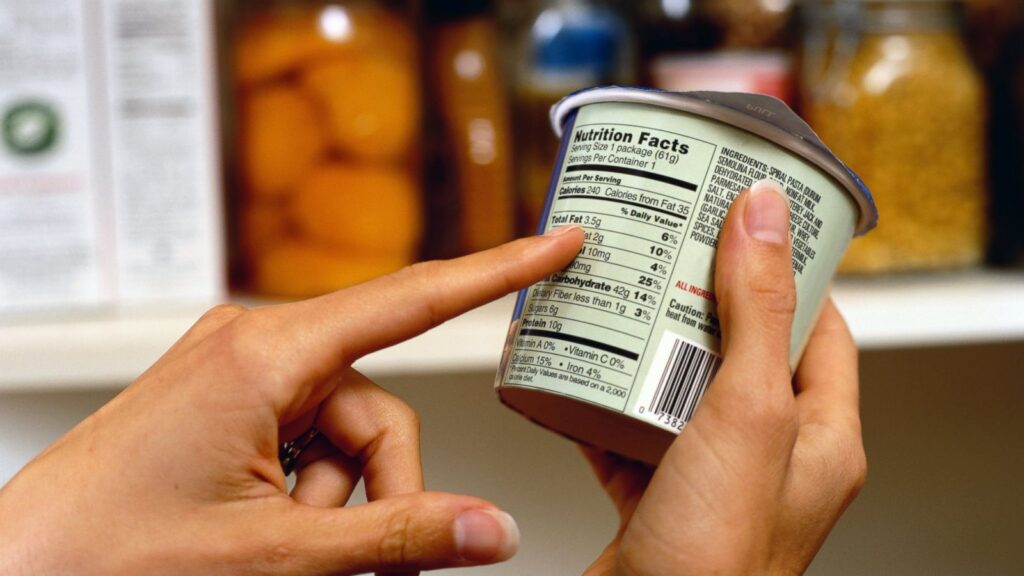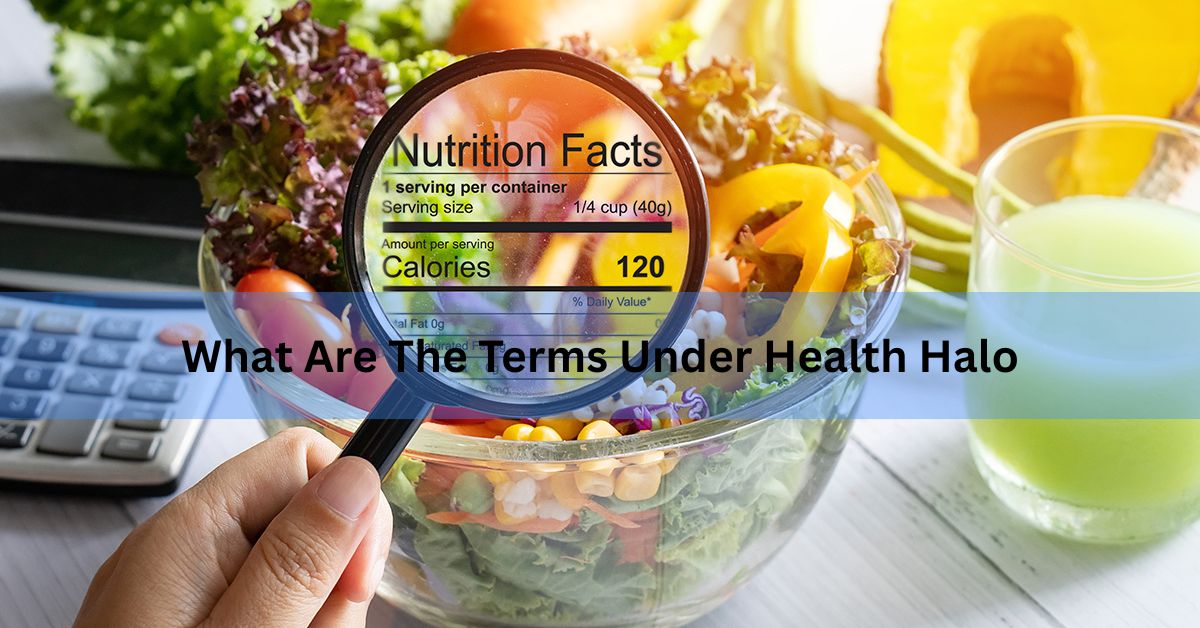What Are The Terms Under Health Halo -Common Terms And How To Navigate Them!
In today’s health-conscious society, many of us strive to make better food choices. However, marketing strategies often exploit this desire by using specific terms that create a “health halo” effect, leading consumers to believe a product is healthier than it truly is.
This article delves into the health halo effect, explores common terms associated with it, and offers guidance on making informed dietary decisions.
What Is the Health Halo Effect?
The health halo effect refers to the phenomenon where a single positive attribute of a product leads consumers to perceive the entire product as healthy, even when other aspects may not be beneficial. For instance, labeling a snack as “low-fat” might lead individuals to overlook its high sugar content. This cognitive bias can result in overconsumption and misguided food choices.
Common Terms Under the Health Halo:
Marketers often use specific buzzwords to give products a healthful appearance. Here are some commonly used terms:

1. Organic
While organic foods are produced without synthetic pesticides or fertilizers, this label doesn’t necessarily mean the product is low in calories, sugar, or fat. For example, organic cookies may still be high in sugar and calories, similar to their non-organic counterparts.
2. Natural
The term “natural” is largely unregulated and can be misleading. A product labeled as natural isn’t automatically healthy. For instance, natural sugars are still sugars and can contribute to excessive calorie intake.
3. Gluten-Free
Gluten-free products are essential for individuals with celiac disease or gluten sensitivity. However, for others, choosing gluten-free doesn’t inherently mean healthier. Some gluten-free products may lack essential nutrients and be high in sugar or fat.
4. Low-Fat
Low-fat labels can be deceptive. To compensate for reduced fat, manufacturers often add sugar or other additives to maintain flavor, which can negate the perceived health benefits.
5. Sugar-Free
Sugar-free products may contain artificial sweeteners or sugar alcohols, which can have laxative effects or other side effects in some individuals. Additionally, these products might still be high in calories or fats.
6. High-Protein
While protein is essential for the body, products labeled high-protein aren’t always healthy. Some protein bars, for example, can be high in saturated fats and sugars.
7. Whole Grain
Products claiming to be whole grain might contain minimal amounts of whole grains and be predominantly made of refined grains. It’s essential to check the ingredient list to ensure whole grains are among the primary ingredients.
8. No Added Sugar
“No added sugar” doesn’t mean the product is sugar-free. It may still contain natural sugars, and the overall sugar content can be high.
9. Fortified with Vitamins/Minerals
Fortification adds nutrients to foods, but this doesn’t compensate for other unhealthy aspects, such as high sugar or fat content.
10. Superfoods
The term “superfood” is more of a marketing term than a scientific one. While foods like blueberries or kale are nutritious, consuming them doesn’t guarantee overall health, especially if the rest of the diet is poor.
Also Read: Is Gin Good for Health – A Comprehensive Look at the Evidence!
The Impact of the Health Halo Effect:
The health halo effect can lead to:
- Overconsumption: Believing a product is healthy may lead to larger portion sizes or more frequent consumption.
- Neglecting Nutritional Information: Relying on front-of-package claims can result in ignoring the actual nutritional content.
- Misguided Choices: Choosing products based on health claims rather than actual nutritional value can hinder health goals.
Why Health Labels Can Be Misleading?
Labels like “natural,” “organic,” or “low-fat” can make food seem healthier than it really is. Sometimes, low-fat foods have extra sugar to keep them tasty. Also, words like “natural” aren’t well regulated, so they don’t always mean healthy.
That’s why it’s important to read the full nutrition facts and ingredients, not just trust the front label.
How to Make Informed Choices?

To avoid falling for the health halo effect:
- Read Nutrition Labels: Always check the nutritional information and ingredient list to understand what’s in the product.
- Be Skeptical of Buzzwords: Recognize that terms like “natural” or “organic” don’t automatically mean healthy.
- Focus on Whole Foods: Prioritize unprocessed foods like fruits, vegetables, whole grains, and lean proteins.
- Educate Yourself: Stay informed about nutrition and be critical of marketing claims.
- Consult Professionals: Seek advice from registered dietitians or nutritionists for personalized guidance.
How to Read Food Labels the Right Way?
To read food labels the right way, start by checking the nutrition facts panel for calories, sugar, fat, and sodium amounts. Look at the ingredient list—ingredients are listed from most to least by weight, so shorter lists with familiar items are usually better. Don’t rely only on front-package claims like “natural” or “low-fat”; always dig deeper to understand the full nutrition. This helps you make smarter, healthier choices
FAQ’s:
1. Does “organic” mean healthy?
Not always. Organic just means it’s made without certain chemicals—but it can still have lots of sugar, fat, or calories.
2. Are “natural” products always safe or healthy?
“Natural” is a vague term and isn’t closely regulated. It doesn’t guarantee that a product is good for you.
3. Should I avoid all foods with health halo terms?
Not necessarily. Just don’t rely only on the label—read the full nutrition facts to understand what you’re really eating.
4. Why do companies use these health halo terms?
To influence buyer decisions. These terms make products sound healthier, which can boost sales—even if the nutrition facts say otherwise.
5. Should I choose gluten-free foods if I don’t have gluten issues?
No need. Gluten-free products aren’t healthier for everyone and may lack important nutrients or have more sugar or fat.
6. Is it okay to eat more of a food just because it has a health label?
Not always. Health halo terms can lead to overeating, so portion control still matters.
Conclusion:
The health halo effect is a powerful marketing tool that can influence our food choices, often leading us away from truly healthy options. By being aware of common misleading terms and focusing on comprehensive nutritional information, we can make better decisions that align with our health goals.
Read More:






